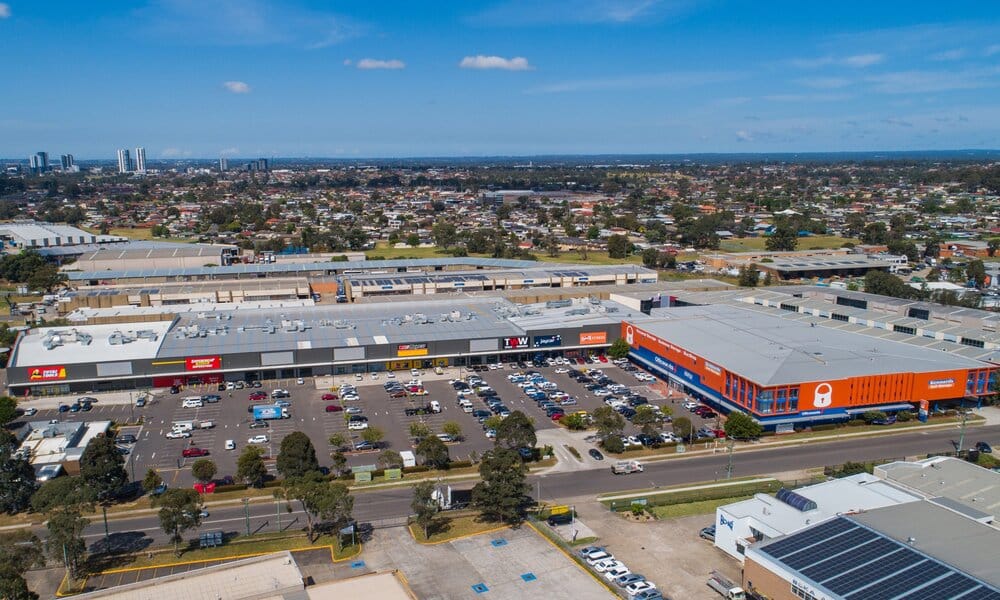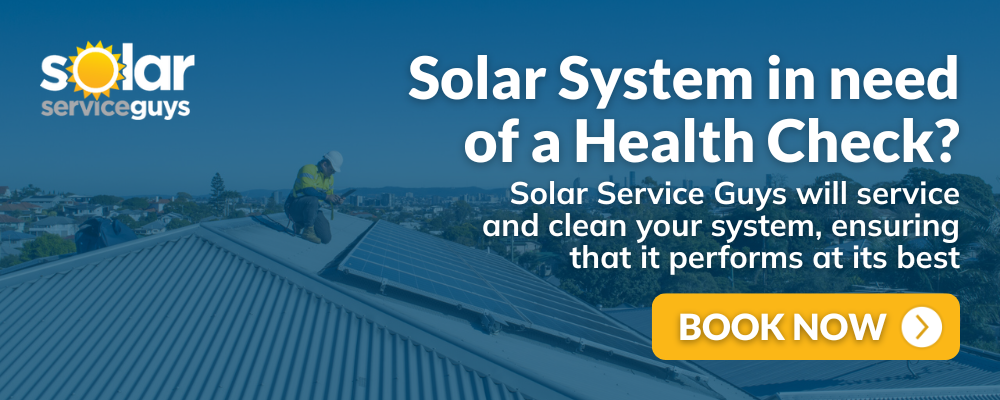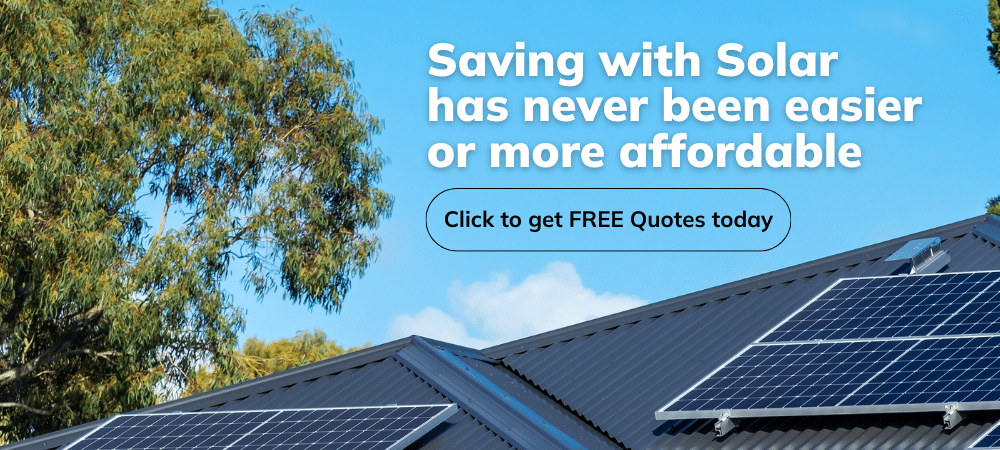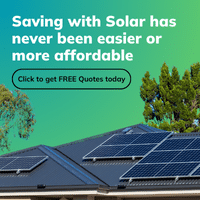Solar feed-in tariffs (FiTs) are a financial incentive offered by electricity retailers to encourage homeowners and businesses to generate renewable energy.
In New South Wales (NSW), the FiT is determined by the Independent Pricing and Regulatory Tribunal (IPART).

On this page
Under the FiT scheme, electricity retailers must pay customers for the excess solar energy fed back into the grid. This helps to offset the cost of installing and maintaining a solar panel system and can provide a financial return for homeowners and businesses that invest in renewable energy.
Eligibility of the NSW solar feed in tariff
To receive a solar feed-in tariff, a solar PV system must be:
- installed on a household or a small business
- connected to the grid within the National Energy Market (NEM).
To be eligible for the solar feed in tariff in NSW, a solar panel system must be connected to the grid. A licensed and accredited installer must also install the system.
Independent Pricing And Regulatory Tribunal (IPART)
As of 2025, the Independent Pricing and Regulatory Tribunal (IPART) has set the recommended solar feed-in tariff benchmarks for New South Wales (NSW) between 4.9 to 6.3 cents per kWh for all-day rates. IPART’s benchmarks serve as a guideline to help consumers understand how much they should expect to receive from retailers for the solar electricity they export to the grid. These benchmarks are formulated based on forecasts of wholesale electricity prices at the time solar energy is exported.
Retailers in NSW are not obligated to offer solar feed-in tariffs within the benchmark range, but the benchmarks provide a useful reference for consumers to compare the tariffs they are offered. Variation in feed-in tariffs is also possible depending on the time of day the electricity is exported, with some retailers offering time-of-day-based solar feed-in tariffs in NSW.
Energy Matters is one of Australia’s most trusted solar quotes due to our high customer satisfaction and industry recommendations. Our team of solar experts can help you get up to 3 FREE solar quotes from pre-qualified and vetted solar firms in your area. Let’s harness the power of the sun together!
NSW solar feed in tariff: Maximise your solar investment
Understanding the NSW solar feed in tariff is crucial for any homeowner or business considering solar panel installation in New South Wales. The solar tariff NSW represents the payment you receive for surplus solar energy exported back to the electricity grid.
These rates can vary significantly between electricity retailers, making it essential to compare offers to secure the best deal. When evaluating solar feed-in tariff NSW options, consider:
- Variable vs. fixed rates: Some retailers offer fluctuating rates based on time of day or market conditions, while others provide a consistent fixed rate.
- Retailer specific offers: Each retailer sets its solar feed-in tariff, so comparing multiple providers is vital.
- Contract terms: Understand the duration of the contract and any potential changes to the solar feed in tariff.
- Eligibility criteria: Ensure you meet the requirements for receiving the solar feed-in tariff, which may include system size and grid connection approval.
By carefully assessing these factors, you can maximise your returns and optimise your solar investment. For comparison and for those interested in exploring solar feed-in tariffs in other regions, you may find the following resources helpful:
Is there a minimum solar feed-in tariff in NSW?
In NSW, there is no minimum feed-in tariff rate. Individual electricity retailers assign value to exported solar power. Therefore, energy suppliers are incentivised to offer a decent solar feed-in tariff rate to win customers installing solar panels.
Benefits of NSW solar feed in tariff
While the FiT can provide a financial benefit to those who invest in solar panel systems, it is important to consider the costs and benefits of installing a solar panel system before deciding. This may include evaluating the size of the system needed to meet energy needs, the location and orientation of the panels, and the potential return on investment.
The FiT in NSW is a valuable incentive for those looking to invest in renewable energy and reduce their carbon footprint.
Homeowners and businesses need to stay up-to-date on the current FiT rate and the eligibility requirements to take advantage of this opportunity.
Comparison by retailers in New South Wales (NSW)
Explore the FiT available in NSW and compare.
| NSW MAJOR RETAILERS | MIN SOLAR FiT | MAX SOLAR FiT |
| 1st Energy | 0.1c | 1.0.c (for the first 5kWh/day, 0.1c/kWh thereafter) |
| AGL | 4.0c | 5.0c |
| Amber Electric | 0c | 0c (estimated based on wholesale prices) |
| Diamond Energy | 3.0c | 3.0c |
| Dodo | 1.0c | 1.0c |
| EnergyAustralia | 5.0c | 10.0c (for the first 12kWh/day, 5.0c thereafter) |
| Energy Locals | 1.0c | 1.0c |
| GloBird Energy | 2.0c | 10.0c (for the first 8kWh/day, 2.0c thereafter) |
| Momentum Energy | 5.0c | 5.0c |
| Origin Energy | 3.0c | 8.0c (for the first 8kWh/day, 3.0c thereafter) |
| OVO Energy | 2.8c | 2.8c |
| Powershop | 0.5c | 0.5c |
| Red Energy | 0c | 0c |
| Sumo | 5.0c | 5.0c |
Best solar feed-in tariff NSW
Explore the FiT available in NSW and compare.
| RETAILERS | MIN SOLAR FiT | MAX SOLAR FiT |
| Engie | 5.5c | 10.0c (for the first 8kWh/day, 5.5c thereafter) |
| CovaU Energy | 5.5c | 5.5c |
| Alinta Energy | 5.0c | 10.0c (for the first 10kWh/day, 5c/kWh thereafter) |













































